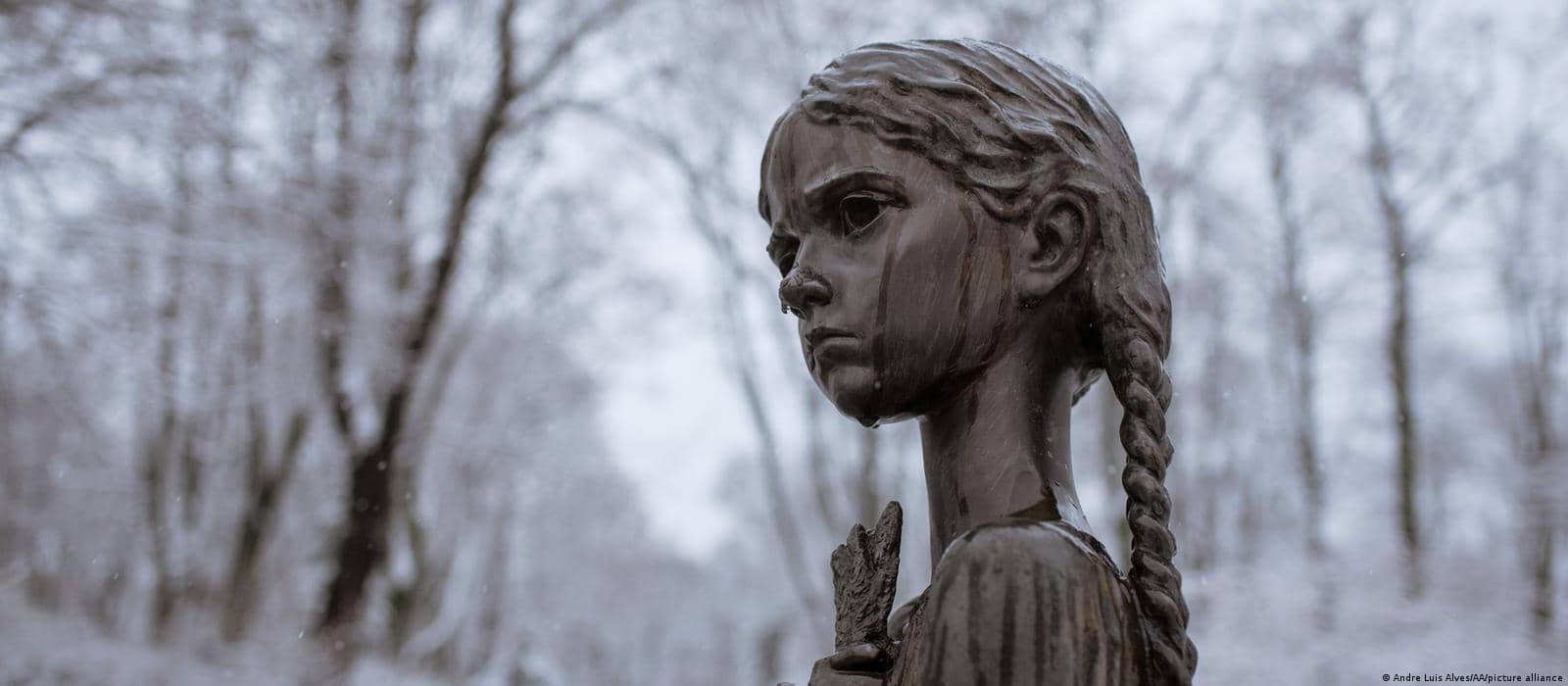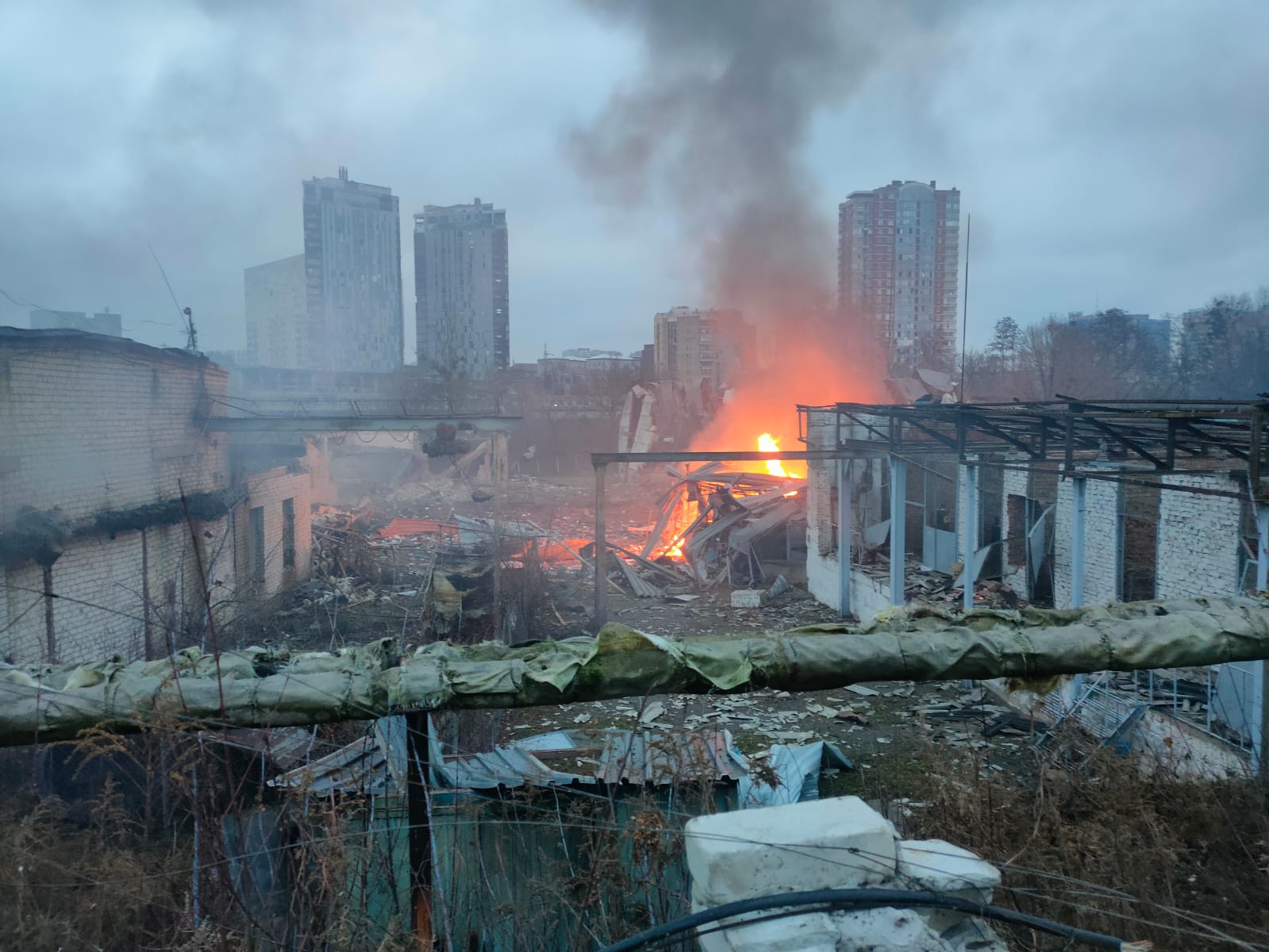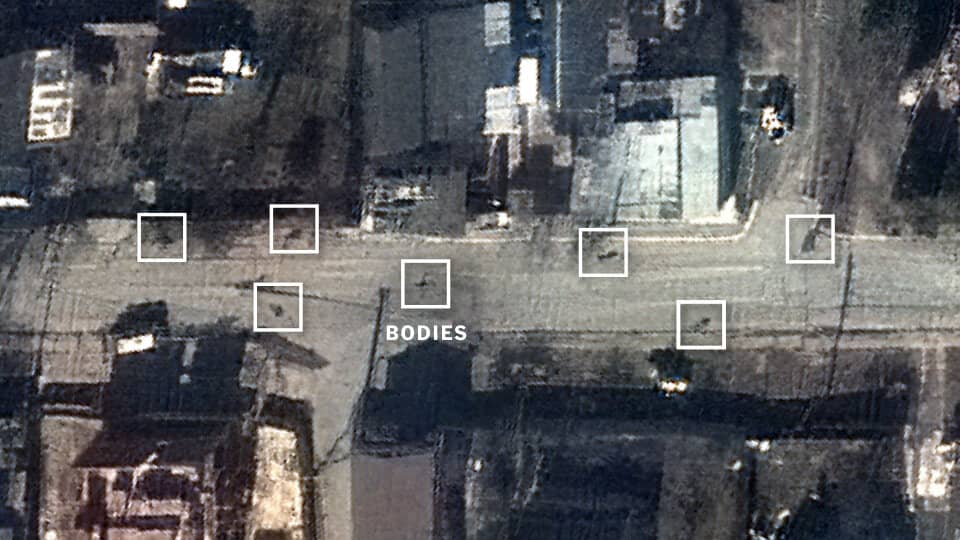90 years ago one of the worst genocides in the history of humanity took place: Holodomor. Several million people lost their lives, intentionally starved by the Soviet state. Stand with Ukraine is committed to keeping alive the memory of these tragic events, insufficiently known, although today France officially recognizes the Holocaust and the Armenian Genocide. It is now estimated that between 10 and 15 % of the Ukrainian population died due to Holodomor: 3.9 million people between 1932-1934 according to the Ptoukha Institute for Demography and Social Studies of the National Academy of Sciences of Ukraine.
What exactly does the term ‘genocide’ mean? In 1943 Raphael Lemkin, a Jewish Polish legal expert, began a combat for recognition of the notion of Genocide, finally adopted in 1948 by the Convention on the Prevention and Punishment of the Crime of Genocide. He said this about Holodomor: “the classic example of Soviet genocide, the longest and most extensive experience of Russification – the destruction of the Ukrainian nation”.
Holodomor can be viewed within the context of a gradual annexation of Ukraine by Russia from the 17th century onwards that aimed to obliterate Ukrainian identity, language and culture – without success. Later, in 1918, Ukraine became independent, and sent a delegation to Versailles. However, after various developments, a Russian invasion forced Ukraine to bend beneath Moscow’s yoke. Ukraine became a Soviet republic, benefitting, however, from a degree of cultural autonomy, which increasingly irritated the Kremlin. Stalin feared Ukraine, at the time the second nation of the USSR, might one day seek to gain its independence.
The first step in the drama of Holodomor was the decision taken in 1929 by Stalin to collectivize agriculture, leading to a collapse in production and misery for Ukrainian farmers. The Soviet authorities demanded that Ukraine, in the context of the international economic crisis following 1929, increase its agricultural exports. Beginning in 1932, entire populations were literally starved to attain Moscow’s quotas.
On August 7, 1932 the ‘Law of Five Ears of Grain’ was voted: to be caught in possession of wheat without authorization became punishable by ten years in a camp and sometimes the death sentence. While millions of farmers died, Moscow continued to export grain to fill the coffers of the USSR. Ukrainian citizens, deprived not only of wheat but of all foods, were reduced to eating grass and bark to survive. The video of the project Uncounted retraces these events. This famine, as is proven by Soviet archives, was deliberate and not an accident. It was a genocide that aimed to obliterate the Ukrainian nation, as the historian Timothy Snyder recounts in his book Bloodlands.
Nearly a century later, a new tyrant reigns in Moscow, openly inspired by Stalin, now rehabilitated. From his election onwards, Vladimir Putin denied the existence of Holodomor. Fortunately our societies evolve: since the 2000s, advances in historical knowledge have permitted recognition by 16 countries of Holodomor as a genocide, and, since 2008, by the European Parliament as a crime against Humanity.
Stand with Ukraine is now also fighting for Holodomor to be recognized as a genocide, out of respect for the victims. To say: never again. To help us, please write to your Members of Parliament and Senators, tell them about this genocide and encourage them to speak out in Parliament and to commit to the recognition in France of Holodomor as a crime.









